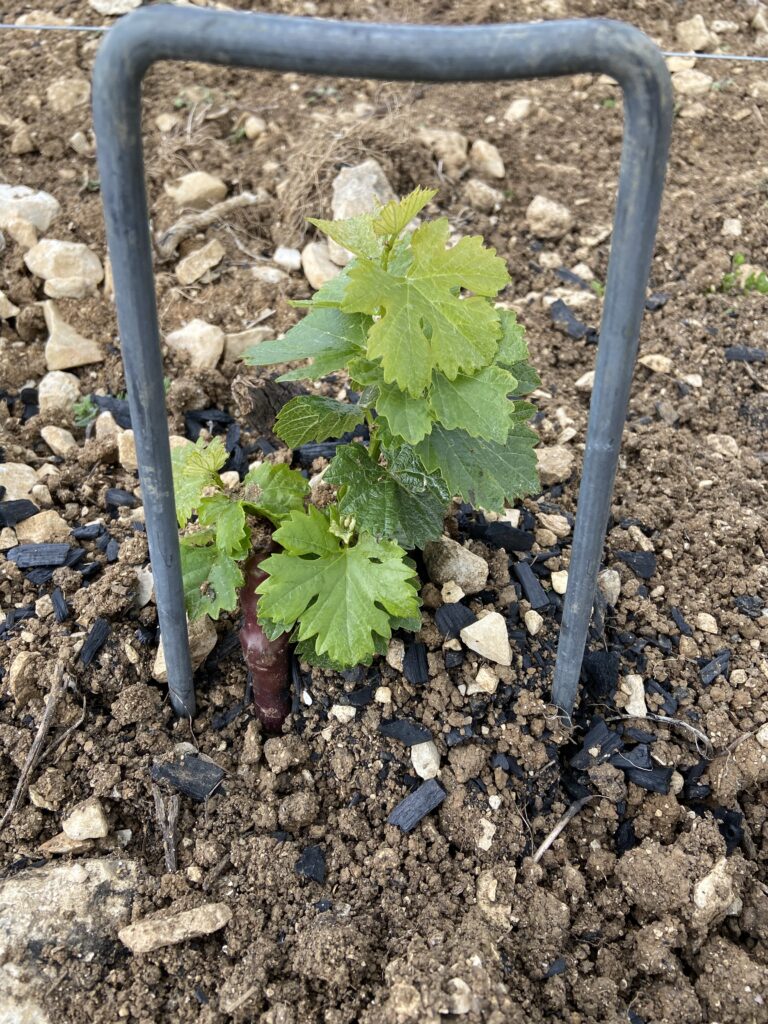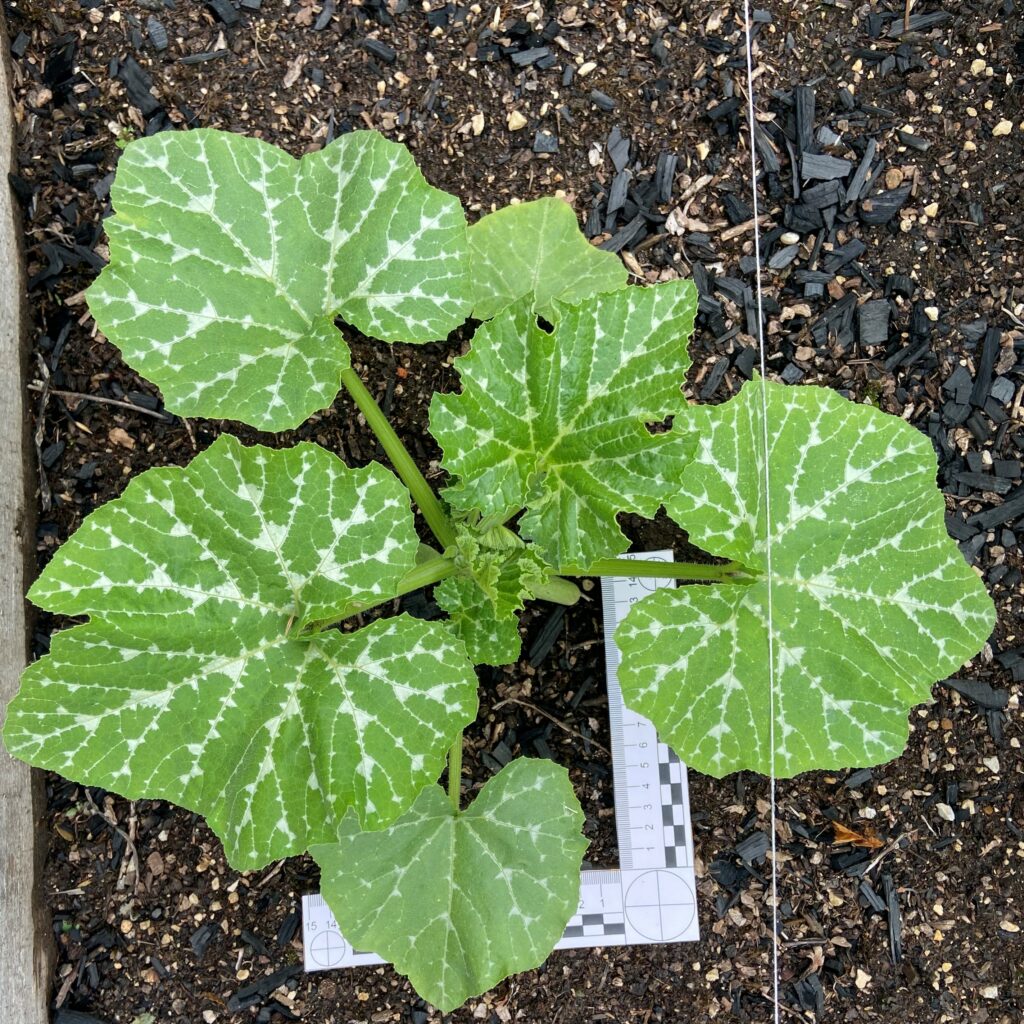Biochar has numerous usages in agriculture; whether it is increasing soil moisture, reducing nutrient leaching or stimulating microbial life.

We invite you to learn more about what biochar is, how it works, how it can be used and why it can be included in permaculture practices.
The guide to biochar in agriculture
Biochar has been subjected to numerous scientific studies demonstrating its efficiency. However, its efficiency depends on the quantity of Biochar added to the soil, its granulometry as well as activation by composting with organic fertilisers. It is also a very stable material, this means the benefits will last much longer than conventional products. This is why biochar use must be adapted for each situation. This article gives some recommendations on the use of biochar in agriculture.
In this paper, you will discover:
- How biochar improves plants productivity by improving soil conditions
- Improvement of poor soils
- Diversification of soil microbial population
Why should you use biochar in agriculture?
There is a growing consensus that biochar is an ideal material for storing carbon permanently in soil, increasing soil organic matter content and, above all, improving the agricultural performance of certain soils. These are all important factors that allow the use of biochar in agriculture particularly where land management is approached with an ecosystem-wide philosophy.
The colonisation of biochar by bacteria and the formation of an organic coating is perhaps the most important determinant of good biochar function in the soil. Not only does the organic coating serve to hold water that can be released in time of drought but also bioavailable nutrients.
The presence of biochar in growing media has been shown to have beneficial effects on the microbial population. It has been suggested that the effectiveness is due either to the physical and chemical characteristics of the biochar affecting the mycorrhizae or soil bacteria, or to the biocidal effect of certain biochar components. This has been demonstrated by the improved performance of strawberries when grown in soilless growing media in the presence of biochar.
Use in horticulture
A promising biochar application would be in greenhouses or other intensive techniques that require specific substrate conditions. In this context Biochar would work as a replacement ingredient for non-renewable substrates For example, the high water transmission and retention capacity of peat can be replaced by Biochar.
For instance, biochar was used to replace up to 15% of perlite in a horticultural substrate. A positive impact on the development of tomato and pepper fruits has also been observed with an increase of 32% and 52% respectively. In this study, an increase in the microbiological profile of soil has been seen.


How to use biochar in agriculture ?
Agricultural soils can suffer from “soil fatigue”, which results in yield losses. These phenomena are frequent in monoculture situations. Similarly, biochar could provide a solution to water shortages. As the frequency of droughts increases with climate change, biochar could be part of the solution.
The physical and chemical properties of the soil are the most important properties to consider before using biochar. As a result, dense, unhealthy and acidic soils often seem to have positive responses. These types of soils should benefit from an application of biochar mixed or Co-composted with an organic fertiliser. If a rich organic fertiliser such as slurry is to be used, biochar can be incorporated at a rate of 35% on a volume basis.
Dosage
Le biochar et l’engrais doivent reposer pendant au moins dix jours une fois mélangés. Cela permet l’absorption des nutriments par le biochar. L’engrais biochar peut être appliqué à un taux permettant d’obtenir un dosage final de 7t/Ha.
Sandy soils are particularly likely to benefit from improved water retention and cation exchange capacities of biochar. Poorly draining soils are more likely to benefit from the addition of biochar because Biochar will increase the useful water reserve. It is therefore less necessary to compost biochar with an organic fertiliser, but it is still preferable to do so to achieve a higher yield. In any case, the dosage can be increased to 9t/Ha.
Biochar in vegetable garden
Biochar is as effective on large farms as it is in the vegetable gardens. By adding about 5% biochar by volume to your composts, biochar can be used to plant fruit trees, grow vegetables and invigorate tired soil. Biochar should be moistened and mixed with at least 8 litres of water. The larger particle size of the biochar is generally more effective in aerating dusty materials. Therefore, Carbon Centric biochar has an optimum particle size of 2-20 mm. To guarantee the quality and durability of the biochar, it is essential to use only EBC certified biochar..
Microorganisms at the heart of biochar
The highly porous nature of biochar offers a perfect habitat for microorganisms. Activation or inoculation of biochar is a way to accelerate the colonisation of biochar by beneficial soil microorganisms. This can occur during the co-composting process as described above. By inoculating Biochar with soil microorganisms it prevents the overabundance of pathogenic microbes by increasing competition between the microbial populations. This principle is the same for the health of the soil as for our body. If beneficial microorganisms prosper, the increase of harmful microbes will be prevented. The maintenance of this equilibrium contributes to maintaining plant vigour.

How to activate biochar
This activation can be realised in multiple ways, but the most usual ones are Co-compost and inoculation. In composting, the microbes present will colonise the biochar over time when Biochar is mixed with the inoculating material. The advantage of activating biochar in this way is that the microbes are protected when they are applied and are already well established. This means that once biochar is incorporated into the soil, they have a greater chance of success. However, this process is time consuming and needs to be carefully controlled.
Biochar can also be directly inoculated by using some beneficial microorganism cultures. These beneficial microorganisms comprise mycorrhizae and nitrogen fixing bacteria. Mycorrhizae provide phosphorus to plants, and nitrifying bacteria provide nitrogen. We need to ensure that the right biochar is used as a substrate; otherwise, microbes will die a few days after being added. Indeed, biochar produced at high temperatures can have an excessive pH and a lack of labile carbon in its structure, which can be used as a food source.
Where to buy biochar in France ?
Biochar can only be bought from providers certified by the European Biochar Certificate (EBC). Indeed, biochar must be produced from sustainable sources and in an energy-efficient way. If the product does not respect these rules, it cannot be considered biochar.
Conclusion
Biochar is a product with a negative carbon footprint that can improve poor soil characteristics. Carbon Centric biochar has unique properties and production methods, allowing it to be successfully used in agriculture. Biochar can be used to improve the diversity and microbial structure of soils. To find out more, you can read our other article on Biochar use; https://carbon-centric.fr/en/discover-biochar-use/(opens in a new tab)
Written by Thomas Harcourt
Thomas is a biochemist which has 5 years of experience within the indsutry. He finished his Phd in vegetal biochemistry at the Univeristy f Sheefield in 2015.

Sources
1. Graber, E. R. et al. Biochar impact on development and productivity of pepper and tomato grown in fertigated soilless media. Plant Soil 337, 481–496 (2010).
2. Hagemann, N. et al. Organic coating on biochar explains its nutrient retention and stimulation of soil fertility. Nat. Commun. 8, 1–11 (2017).


